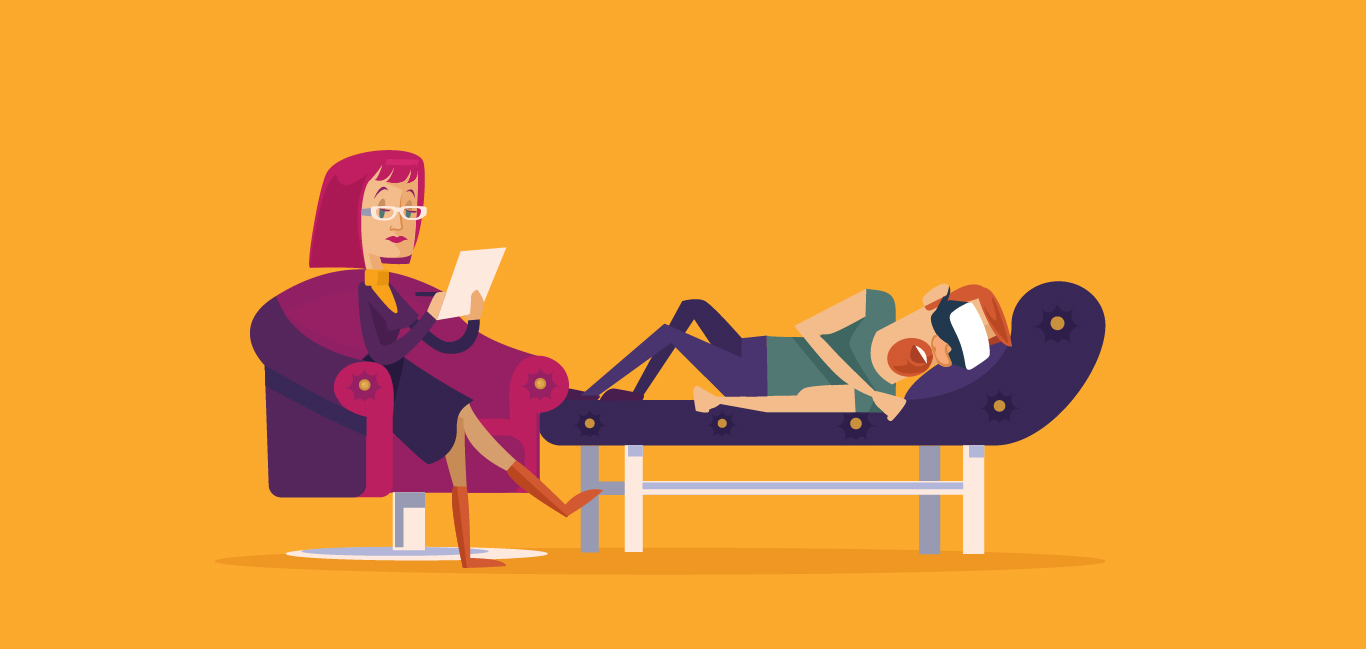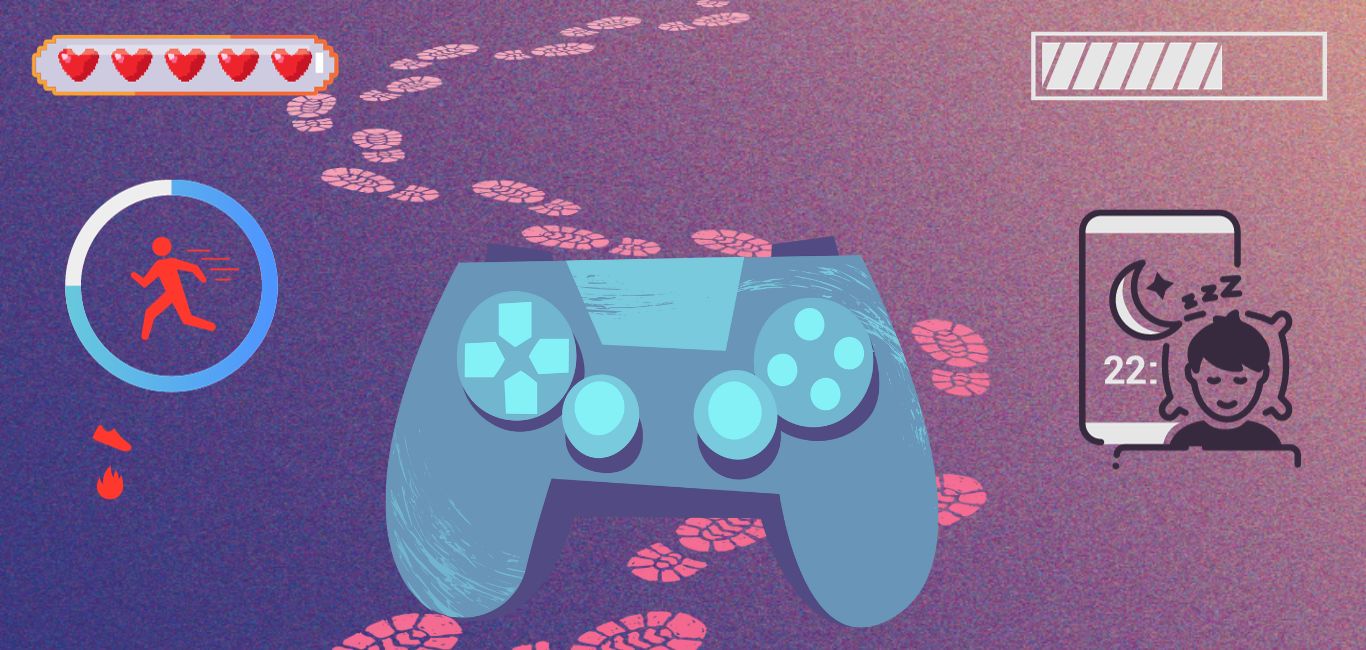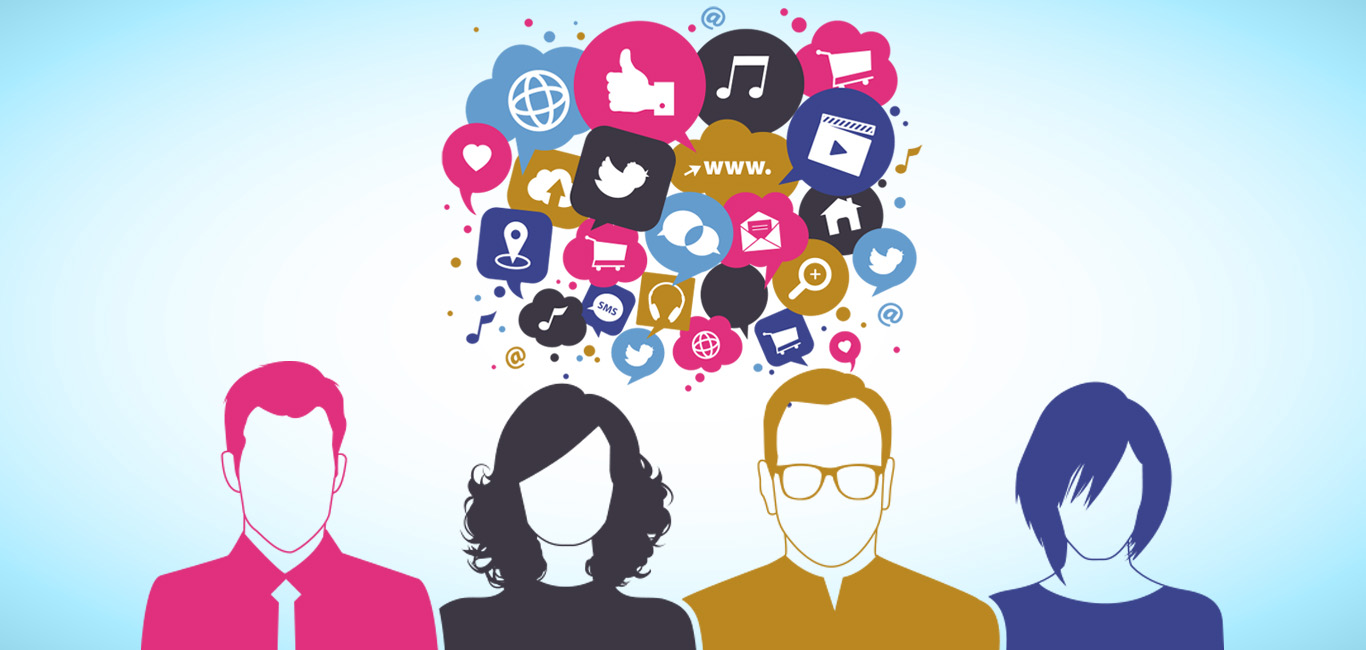
For most of her life, Ashmita Sen (25) has grappled with her panic disorder. Common situations for most – stepping into an elevator, entering any confined space, or catching a flight – were no-nos for her as they could trigger a panic attack.
“It was having a detrimental effect on my day-to-day life,” says Sen, who lives abroad and is forced to travel a lot. While millions worldwide face the same issue, Sen has been lucky to find a solution in virtual reality (VR).
With the help of her psychiatrist and a VR headset, Sen was placed in a virtual simulation of an airport. In there she experienced all aspects of travel – from being at home, calling for a taxi, getting to the airport, waiting for boarding, getting on the flight, and finally making it to her destination.
“It was an end-to-end representation of what would happen from liftoff to landing,” she says, explaining that the gradual exposure to panic-inducing situations (like taking a flight) in VR helped her manage the disorder in real life.
Sen’s experience corroborates with a growing pile of evidence to show that VR clubbed with psychotherapy can be a strong tool to help those who are phobic. Researchers suggest that it works for treating phobias as it can provide graded exposure to anxiety-inducing stimuli.
Individuals often have trouble imagining the stimuli they are anxious to and this is where VR comes in to help recreate those scenarios. It works especially well for experiences that individuals have a lot of difficulty imagining, or those that they are too phobic to experience in real life.
Today, VR is moving beyond being a tool to treat different phobias in psychotherapy, says Nitin A Lal, a clinical psychologist at Udyan Mental Healthcare in Delhi, who treated Sen with VR.
Getting started with VR therapy
Treatment does not start off in a VR environment. Sen too had to undergo a few traditional psychotherapy sessions with Lal (to assess the extent of her phobia and set a baseline) before she was taken into the virtual world.
“Virtual therapy doesn’t start with an immediate exposure to triggers,” Lal says. “Initially, they are helped in developing coping mechanisms, only after which they are introduced to the VR space. This provides them with in vivo exposure.”
The technique is great at creating a hierarchy of anxiety-inducing situations for a phobic individual, says Dr Debasish Sanyal, psychiatrist at Sahayta Clinic in Kolkata. He adds that VR helps mental health experts determine the kind of interventions an individual requires – from relaxation exercises to medication.
While VR is increasingly seen as a tool to help people access different experiences from the comfort of their homes, therapy using VR is not there yet. It always necessitates the presence of a trained physician, emphasises Dr Sanyal, clarifying that this is not just a way of treating mental health disorders virtually.
For autism and cerebral palsy
At the National Institute of Physical Medicine and Rehabilitation (NIPMR) in Kerala, virtual reality is being used to treat children with autism, cerebral palsy, and ADHD. The modality of the treatment involves both augmented reality (AR) as well as VR.
“These children have sensory modulation issues coupled with auditory issues,” explains Aswathy Muralidharan, an occupational therapist at NIPMR. “Loud sounds in the household (a mixer, a cooker’s whistle, or the sound of crackers) can act as triggers for autistic children.”
Here too they employ the technique of exposure to environments that would trigger the children in real life. They have also built an immersive experience to help improve coordination, balance and interactions of children with cerebral palsy.
The institute has a VR room that uses four projectors and 12 sensors to provide immersive experiences to the children. They use it to runs simulations of environments such as travelling in a metro, a bus, or going to a saloon.
“We use it mostly to enhance play,” says Muralidharan. “Improving play helps reduce phobias, and aids in relaxation and stimulation (for the children).”
In cognitive behavioural therapy
Cognitive behavioural therapy (CBT), a treatment approach for several mental health disorders that helps an individual recognise negative or unhelpful thoughts and behaviours through talking to a professional, has lately begun employing VR.
With faster computers and advancements in computer generated imagery, VR is giving people a better chance to look at themselves through an immersive experience. While VR cannot be considered a replacement for conventional CBT, it has been working well as a supplemental therapy.
People with psychosis and many other mental health issues such as social anxiety, stress, depression, and post-traumatic stress disorder (PTSD) have seen actual benefits from this treatment and research backs it up as well.
“It (VR) can also be used for training people on various other aspects (of good mental health), such as mindfulness and intention enhancement techniques,” according to Lal.
Helping maintain eye contact
In 2006, one of the pioneers in Virtual Reality Exposure Therapy Bruno Herbelin, who was then a professor at Aalborg University in Denmark, led a study on people with social anxiety disorder. Participants were asked to give an interview or speak in public in a virtual environment.
The researchers used eye tracking technology when participants were in an immersive environment to build an objective and reliable way of assessing them. The researchers concluded that the technique improved the clinical assessment of those with social phobias using embedded monitoring tools.
Individuals with social anxiety disorder usually have trouble maintaining eye contact with those they speak to. “They have a faulty thinking process pertaining to the kind of appraisal they will get in a social situation,” says Dr Sanyal.
He adds that in social situations, those with anxiety find their minds constantly thinking about how they are being perceived by others. This gives them anxiety and they avoid eye contact, ultimately withdrawing themselves from the whole scene.
Herbelin’s work in VR has made it possible to create a hierarchy of anxiety.
“We look at the individual’s case history to see what situations make them the least anxious, and the ones that make them the most anxious,” Dr Sanyal says. Following this, simulations are created in VR and graded from the least to the most anxiety inducing.
Then through gradual exposure in VR, non-drug interventions and relaxation exercises, the person’s anxiety levels are reduced accurately, he adds.
The evolution of VR in mental health
The idea of using VR to treat phobias has been around for over two decades.
The first was a therapy known as ‘Virtual Vietnam’ created by a team led by B O Rothbaum, a psychologist at Emory University School of Medicine. It was used to treat soldiers with PTSD in the late 90s using virtual reality to fight psychological disorders.
The underlying technology, however, was first conceived at the Human-Computer Interaction Group at Clark Atlanta University in November 1992.
Since then, VR in medicine has evolved rapidly with headsets becoming more affordable and with far better immersion. However, VR exposure therapy is not yet pervasive, with experts pointing out that there may be just a few centres in India’s large metros providing the service.
Nevertheless, we are only beginning to harness the potential of VR in treating mental health issues, they add.

















